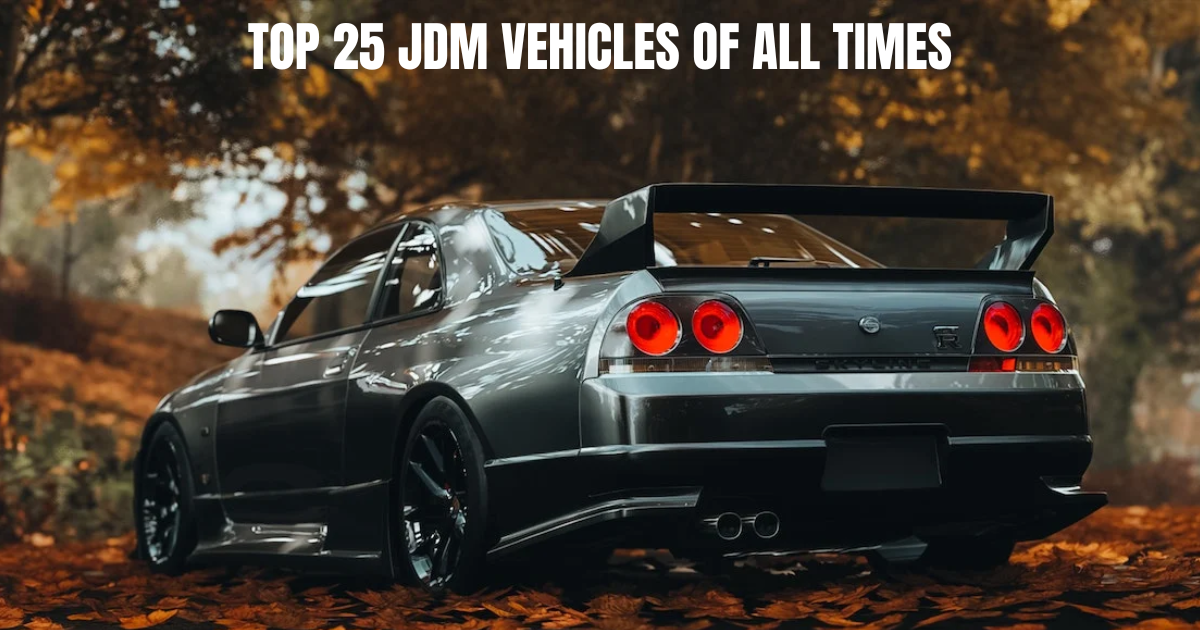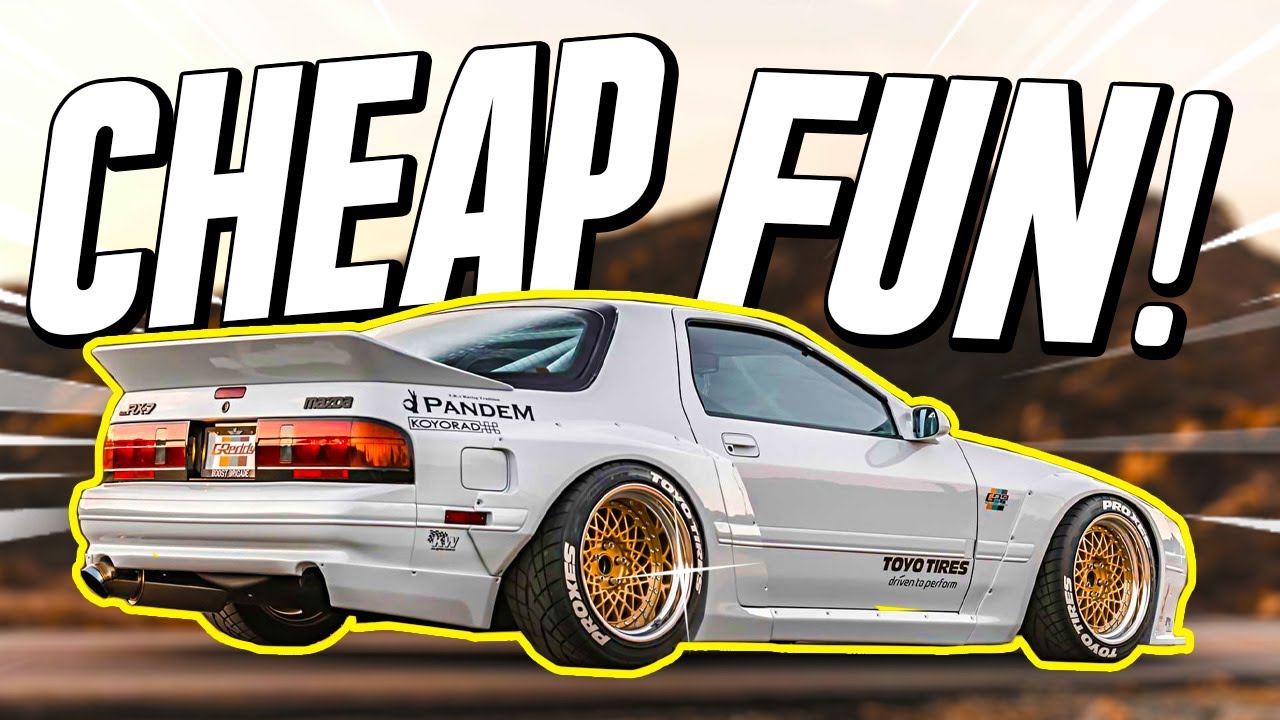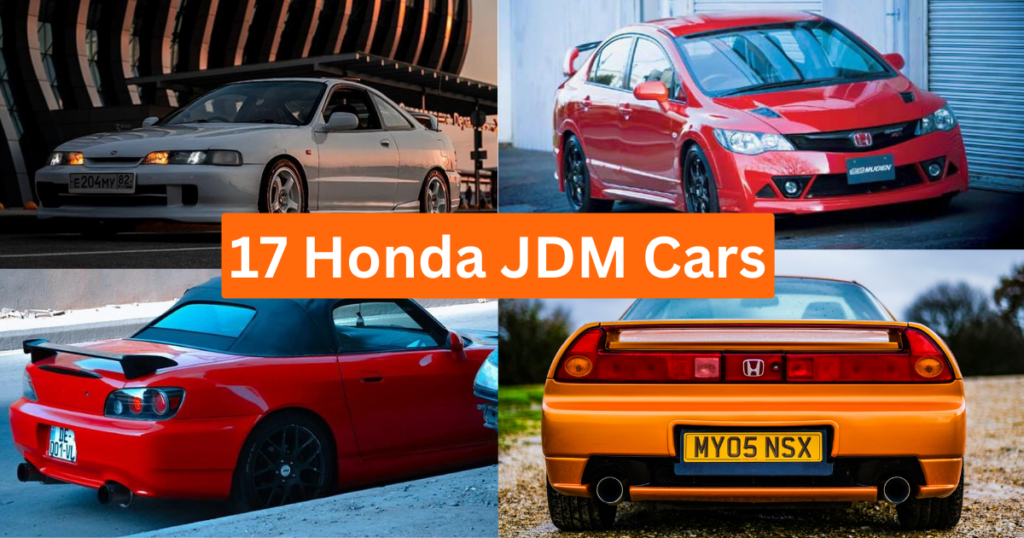
Some of the world’s most sought-after vehicles are JDM Hondas. Numerous of these automobiles are genuine collector’s items because of their distinctive designs, outstanding performance, and rarity.
There is a lot of affection for Hondas, especially those made for the Japanese market. These vehicles are the pinnacle of the venerable automaker and are known as “JDM” (Japanese Domestic Market) Hondas.
What is a JDM car?
A car that has been produced specifically for the domestic Japanese market is known as a JDM vehicle. JDM does not include manufactured vehicles that are exported as new for sale in other countries.
This article will examine the qualities that make JDM Hondas outstanding and provide a list of some of the most outstanding JDM Hondas.
1. 1991 Honda Beat
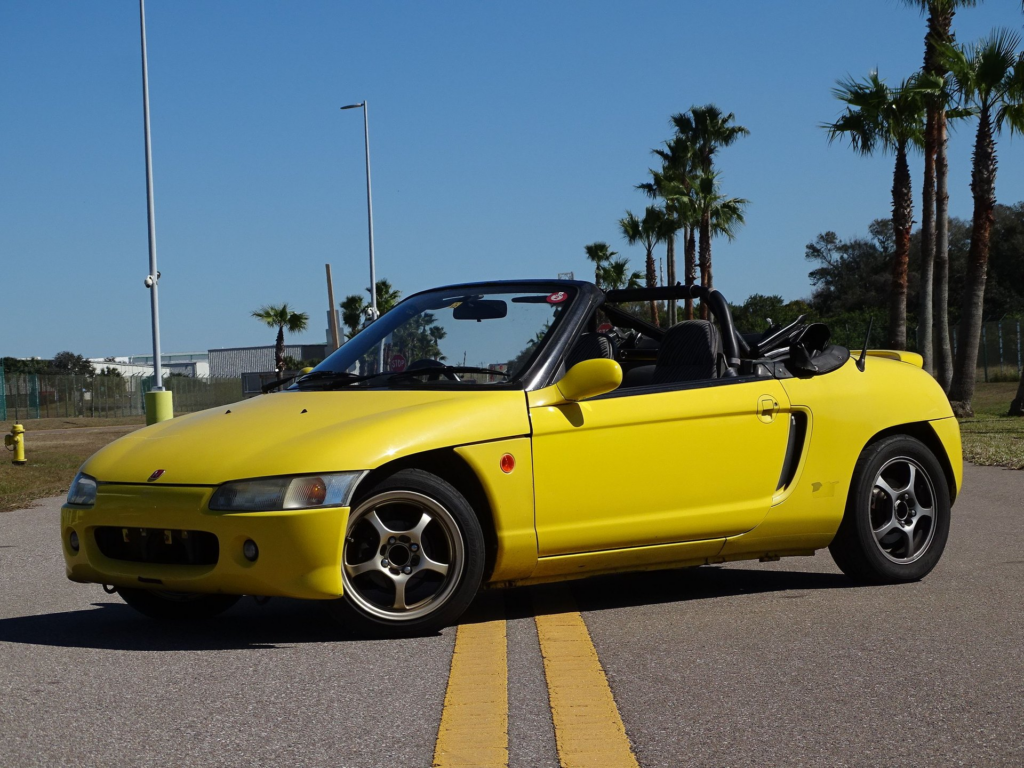
One of the most well-known and entertaining Kei vehicles of its era was the Honda Beat. The Beat is a JDM icon and a great example of how fun and thrilling little vehicles can be. The Beat, which was formerly solely accessible in Japan, is now a well-liked import choice for aficionados in the United States.
The Beat had a modest 660cc inline-three engine under the hood that had 63 horsepower. The engine was equipped with a five-speed manual gearbox and Honda’s multi-throttle responsive engine management system. It was a great automobile with a striking design, but it was also the final automobile Soichiro Honda approved before his passing.
2. Honda Prelude Type S

Because of its popularity, the Prelude was produced for five generations. Honda created the unique Prelude Type S for the Japanese market since the Prelude wasn’t as fast as many gearheads would have liked.
The Prelude Type S was a pleasure to drive and came with a 2.2-liter H22A four-cylinder VTEC engine that produced 217 horsepower and 163 lb-ft of torque. A five-speed manual gearbox transfers the engine’s power to the front wheels. The dynamics of the Prelude Type S are enhanced by an active torque transfer system and an active anti-lock braking system.
3. 1996 Honda CR-V
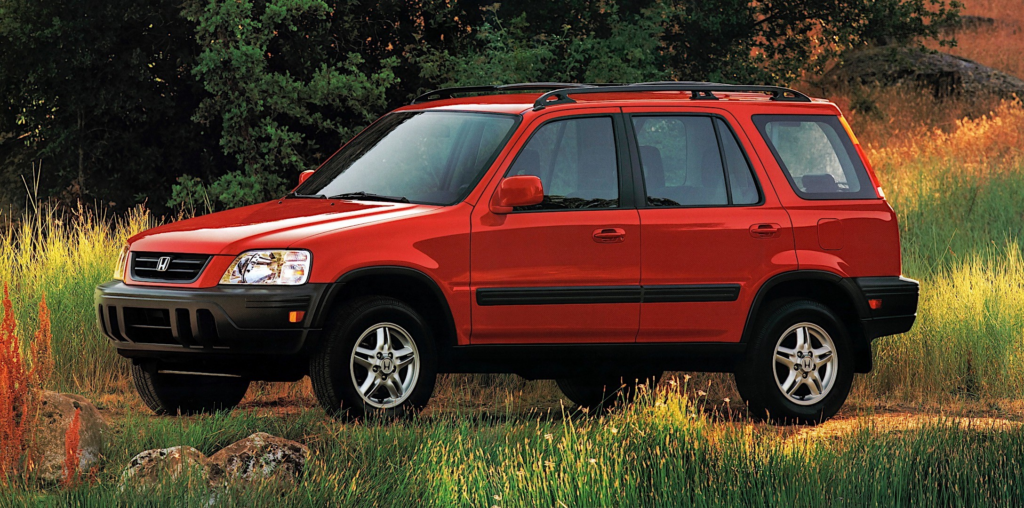
This iconic Japanese crossover may initially seem uninteresting, but the Honda CR-V was regarded as a luxury vehicle when it made its debut in the 1990s. Yes, the Honda CR-V was regarded as the pinnacle of luxury in Japan.
The original CR-V was highly technologically advanced. This crossover proved quick and joyful on the streets thanks to its unibody chassis, four-wheel multi-link suspension, and Honda Real Time AWD. A 2.0L gasoline engine produced 126 horsepower and 133 lb.-ft. of torque. The CR-V wouldn’t have a 147 horsepower engine until 1999.
The original CR-V captured a lovely dynamic that SUV manufacturers are still working to incorporate in their vehicles today. The CR-V was built like a vehicle, yet it still had a lot of interior space that was all used for comfort. This Honda JDM automobile has many storage compartments, a picnic table, a folding mechanism for the back seats, and more.
4. 1994 Honda Crossroad

The Crossroad appeared identical to the Disco it was based on, right down to the 3.9-liter Rover V-8 beneath the front hood, save the required badging and slightly different wheels (in some instances). For those keeping track, this is the first and only production V-8 car to bear the Honda logo, and its 182-hp lump wasn’t exactly what you’d expect from the same people who created the marvelous Integra Type R’s 1.8-liter, 8,400 rpm screamer.
After the Honda Disco was discontinued in 1998, the Crossroad brand was set aside until 2007, when it was revived for a boxy crossover that resembled the Element. However, this crossover was only produced for three model years, putting an end to this bizarre automotive Anglo-Japanese fever dream.
5. 1992 Honda NSX-R

The Honda NSX is frequently recognized as the best Japanese automobile ever made. But Honda also made a special version of the NSX called the NSX-R. This was a real Honda JDM car. It was a refined version of the 1992 model with 483 units built, emphasizing on-track performance. Yes, it was roadworthy as well, but Honda made every effort to modify it for track use.
In that aspect, the NSX-R acquired forged aluminum wheels, Kevlar Recaro seats, and a number of other lighter-weight components at the expense of much of its sound insulation, audio system, air conditioning, and traction control. The end product was a sports car with a V6 that weighed just 2,712 pounds, which is extremely light.
Related: 11 Cheapest JDM Cars | Best Value for Your Money
6. 1999 Honda Vamos

The 1999 Honda Vamos is a small, sub-134-inch-long van that may be customized with an independent suspension, a full-time viscous coupling, and a 656cc turbocharged engine.
The Vamos really do sound great, entertaining, charming, and very enticing. The Vamos wasn’t intended to compete in any speed races, even if its highest power output was only 65 horsepower. The Vamos Acty filled the market for commercial vehicles, whereas the Vamos was designed for compact personal mobility.
The Vamos stands out as an intriguing miniature interpretation of the passenger vans of its era in the realm of Honda Kei automobiles. Even some great body kits are available from the Japanese for it. For an even more distinctive appearance, several Vamos owners have even equipped their vans to resemble recognizable American-style vans.
7. 1966 Honda S800
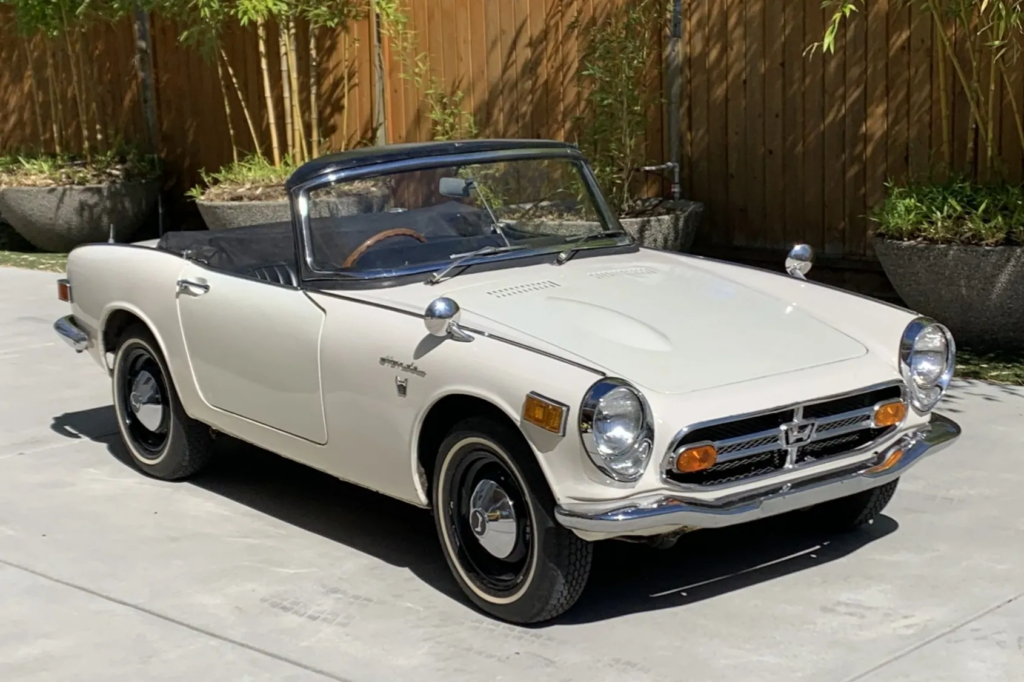
In terms of sports car design, the Honda S800 from 1966 represented the company’s zenith. The Honda S800 was an authentic JDM vehicle. One that, along with the S600, served as an inspiration for the S2000, the S2000 being the American version.
The S800 was the world’s fastest 1.0L automobile at the time and the only one with a top speed of 100 mph. Additionally, it was the first Honda to surpass 100 mph. Remarkable for a vehicle with only 70 horsepower.
Sure, that doesn’t sound like much power but keep in mind that the car in question weighed 1,700 pounds and had a 10,000 rpm top speed.
8. 1993 Honda Avancier

A JDM vehicle built on the Honda Accord chassis is the Honda Avancier. In the years 1993 to 2003, it was exclusively offered as a wagon. Surprisingly, the Avancier might be regarded as a full-sized wagon for its period because it had a powerful engine and extensive equipment.
The Avancier, being a Honda JDM product, was available with Intelligent Highway Cruise Control (IHCC). With the use of this technology, it was able to keep its distance from the vehicle in front of it automatically. This technology, which was introduced in vehicles of this size a few years later, was at the time quite astounding.
A 2.3L, 150-horsepower engine powered the entry-level model. The premium model featured a 3L V6 with 215 horsepower, though. The Avancier was one of the most opulent vehicles with a Honda logo in the manufacturer’s range at the time, featuring real-time all-wheel drive, a V6, an automatic gearbox, and exquisite luxury amenities.
9. 1994 Honda Today
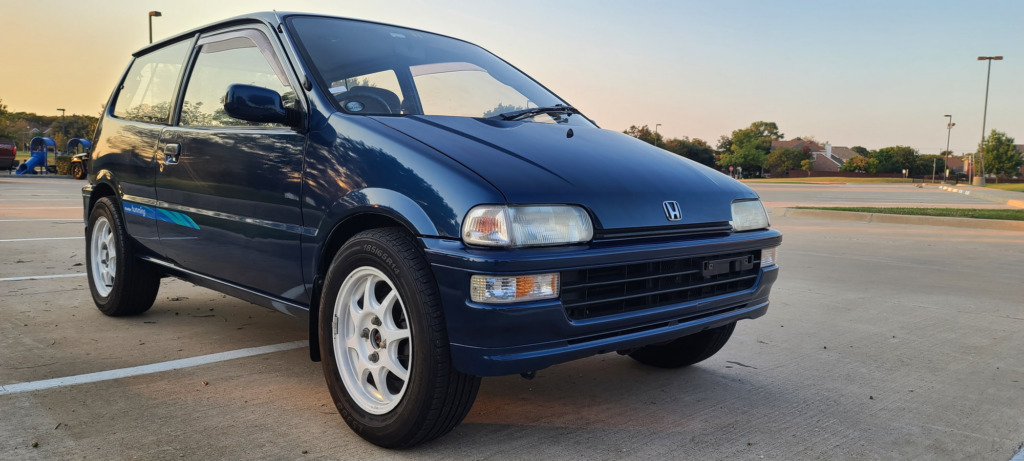
It’s incredible how many Kei vehicles there are in Japan. Few vehicles, though, are as well-equipped as the Honda Today, which in its second generation offered an all-wheel-drive option with the top equipment package and both a 5-door and a 3-door hatchback model.
The Today’s 1,650-pound low weight was its most distinguishing quality. Combined with an engine from the Honda Beat, the Today was also enjoyable to drive. Additionally, it signaled Honda’s return to the hip market of Kei vehicles.
10. 2015 Honda Step WGN

The Honda Step WGN measures 185 inches in length and 67 inches in width. A vehicle like this would undoubtedly be a bit out of place on American highways, but as James May famously noted, “We do not have a problem with the road length, but road width.”
The Honda Step WGN was a genuine Honda JDM people transporter for five generations. Modern technology was used in the newest model, including a direct injection VTEC turbo engine and a smart cabin layout that maximizes comfort and utility.
11. Honda S2000 F20C JDM

The Honda S2000 swiftly rose to the top of the list of all-time great sports cars when it was upgraded with Torsen limited-slip differential, Bridgestone Potenza tires, and a 6-speed manual gearbox.
The 50:50 weight distribution of the S2000 made it an even more capable street sports vehicle later on when Honda added an independent double-wishbone suspension and positioned the 2.0L, 240-hp engine after the front axles.
Yet another, even more potent model known as the S2000 F20C JDM by Honda was produced from 1999 to 2003. The engine produced 161 lb.-ft of torque at 7,500 rpm and 247 horsepower at 8,300 rpm. The biggest difference between this version and the American or European versions was a compression ratio of 11.7:1 as opposed to 11.1:1.
12. Honda DC2 Integra Type R

The Integra DC2 Type R variation, which is debatably the best, was first presented in 1996 for the Japanese Domestic Market. Even the headlights on this vehicle have undergone significant alterations as compared to other Integra vehicles. The headlights on Honda JDM Integra vehicles were long rather than round, as opposed to those on vehicles sold outside of Japan.
More importantly, a 1.8L, 200 horsepower engine was standard on the DC2 Integra Type R. In line with other Type R automobiles of the era, the close ratio gearbox, helical limited-slip diff, and significant weight savings were present.
The Type R received high marks for its handling, outstanding acceleration (some measured it at 6.1 seconds to 60 mph), and clear sports car potential. It continues to be one of the most favored Honda JDM cars among enthusiasts and was rated the best-handling FWD sports car by journalists.
Related: 14 Best Honda Sports Car Of All Times
13. Honda CR-X

When the Honda CR-X was first released in 1983, it quickly gained popularity among tuners. Because of its front-wheel drive design, lightweight body, and powerful engine, it was the ideal basis for customization.
The CR-X also stood out from competing small vehicles thanks to its sporty image and aggressive appearance. Honda kept making the CR-X until 1991, when the CR-X Del Sol, a targa-top variant of the ordinary CR-X, took its place.
The CR-X is currently regarded as one of the best JDM Hondas ever produced, and they are getting tougher to locate every year. Whatever the case, its legacy is influencing young JDM lovers everywhere.
14. Honda Accord Euro R
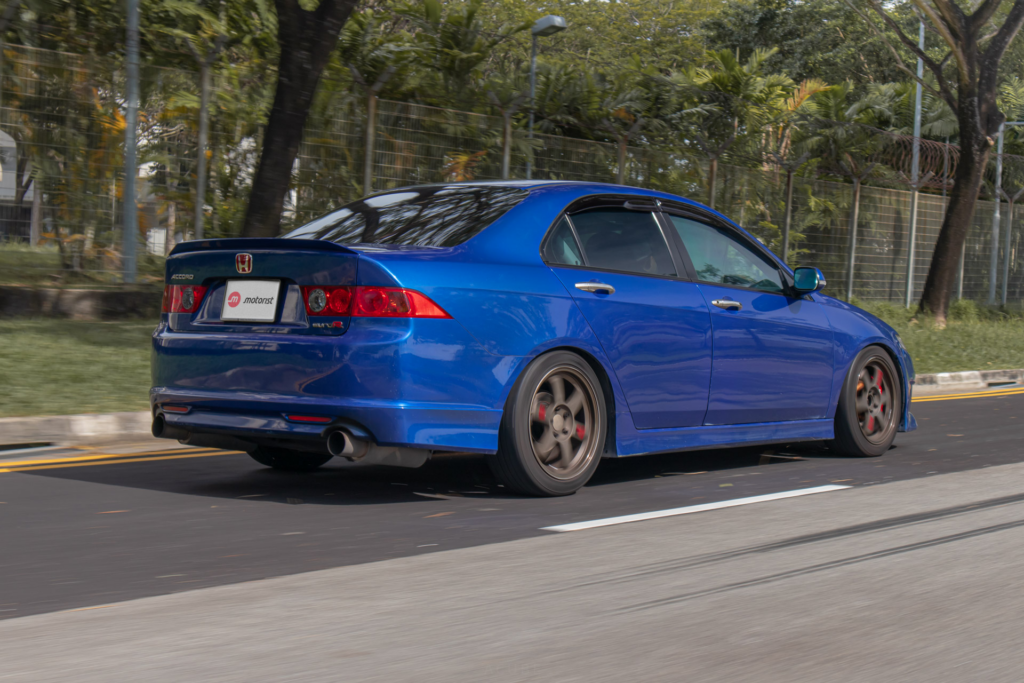
The phrase “JDM” brings up visions of low-slung sports cars with enormous spoilers and aggressive appearances for many car enthusiasts. JDM cars don’t always choose appearance over functionality, though.
Consider the Honda Accord Euro R as an illustration. Although it was never formally offered for sale in North America, this modest sedan is nevertheless among the best Hondas ever produced.
The regular car has been given a number of performance-improving enhancements, such as a more potent engine and a more rigid suspension, in the Euro R. The Accord Euro R’s luxurious interior and roomy trunk, together with its high demand, make it clear why.
15. Honda Legend
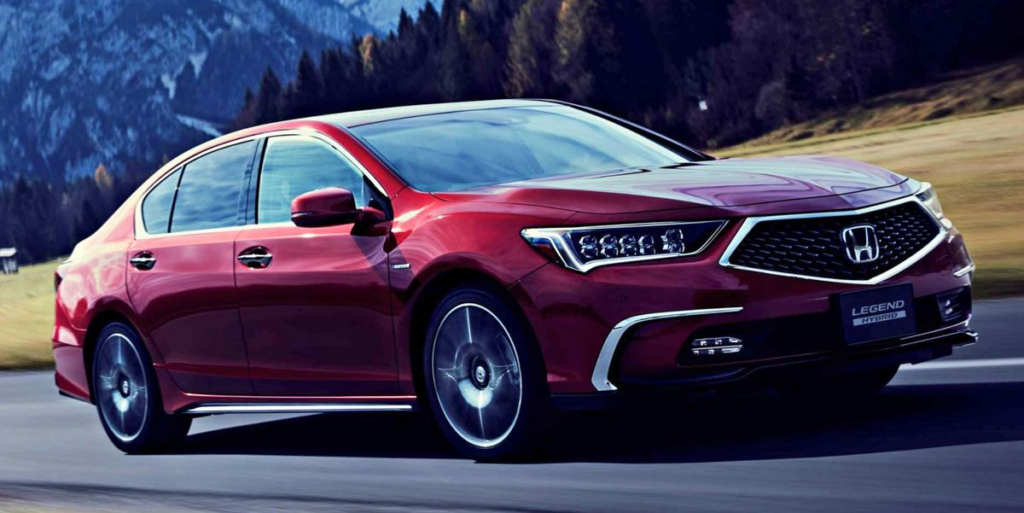
A full-size luxury vehicle, the Honda Legend was made by Honda from 1985 to 2012. In the North American market, it was branded as an Acura. Honda’s flagship model, the Legend, has long been offered with both front-wheel drive and all-wheel drive options. V6 engines were used to power earlier models.
A two-door coupe also debuted along with the sedan, and it quickly became popular with purchasers seeking a chic and opulent JDM vehicle. The Legend is one of the most well-known JDM Hondas because of its opulent appearance and potent performance.
Despite its manageable size, it remains a JDM fan favorite, and many importers have brought it to North America.
16. Honda S660
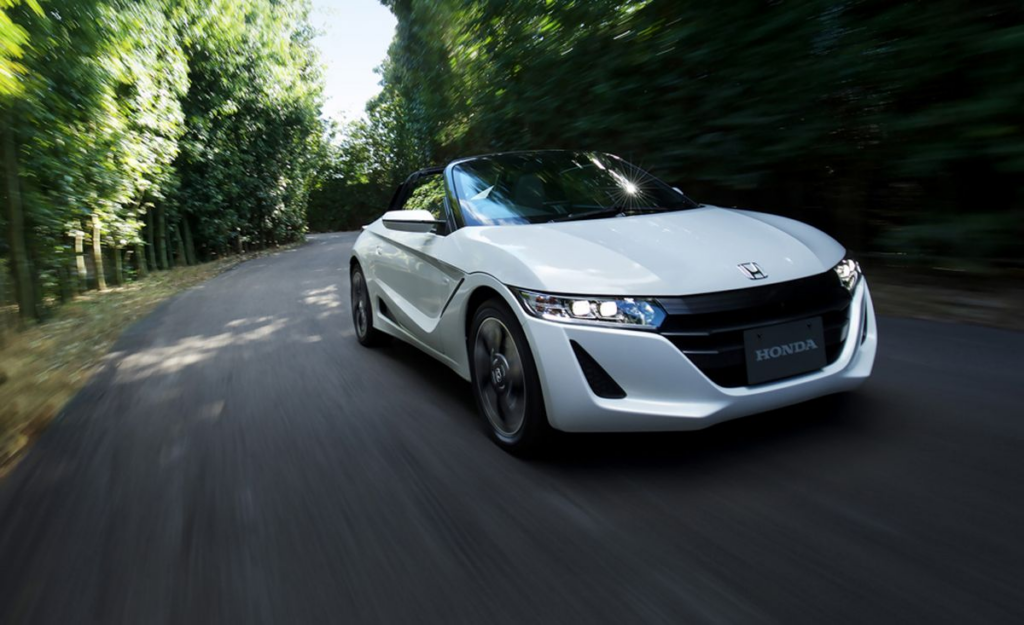
Honda S660 debuted in 2015, and its updates are fairly minor. The grille, headlights, and taillights have undergone minor modifications. The A-pillars are no longer black; they are now the body color, which is a slightly more obvious change. Along with new exterior colors, Active Green Pearl and Alabaster Silver Metallic, Honda now offers a variety of wheel designs.
The S660’s powerplant is still the same. The 660cc and 63 horsepower engine sizes are the maximums allowed under Japan’s kei-car classification. The rear wheels are propelled by a three-cylinder turbocharged engine that is mounted behind the driver. The available transmission is a six-speed manual or CVT with paddle shifters behind the steering wheel.
17. 1998 Honda Civic Type R (EK9)

The new Civic Type R can sell for upwards of $50,000 with dealer markups, which is why we recommend getting the first-generation version – the EK9. The EK9 debuted in the late ’90s and was a huge hit.
Honda equipped it with a 1.6-liter, making a modest 182 hp, but since it was a tiny hatchback that didn’t weigh much, it could get to 60 mph in around 6 seconds and topped out at 140 mph. Honda mated the B16 engine to a close-ratio five-speed gearbox and an impressive limited-slip differential. The car has red seats, a leather Momo steering wheel, red door panels, and a titanium shift knob.
Conclusion
A JDM Honda is unquestionably worthy of your attention, regardless of how devoted you are to the brand or how new you are to the world of vehicle collecting. There are several factors to consider if you’re considering importing your own JDM car because not all JDM Hondas have foreign-market equivalents.
FAQs
Who made the first JDM car?
The Takuri, the first gasoline-powered automobile constructed exclusively in Japan, was created by Komanosuke Uchiyama in 1907.
Why are JDM cars cheap?
The Japanese automobile industry is one of the biggest car component producers worldwide. They benefit from significant economies of scale as a result, which lowers the price of new cars.
Is a Honda a JDM car?
JDM vehicles are popular among automotive enthusiasts on several continents, including North America, Europe, Asia, and Africa. Honda, Subaru, Toyota, Mazda, Suzuki, Lexus, Mitsubishi Motors, and Nissan are a few well-known brands.
What made JDM so popular?
JDMs are fantastic vehicles for individuals looking to own something unique. Even though they have several glaring flaws, they offer a variety of advantages, like dependability, high resale value, fuel efficiency, and higher-quality auto parts.

